The Larapinta Trail, 223 km long through the rugged and beautiful West MacDonnell Ranges in Central Australia, is on many outdoor enthusiasts bucket lists. From Alice Springs this big hike goes through amazing places like Simpsons Gap, Jay Creek, Ormiston Gorge, Redbank Gorge, Serpentine Gorge, Brinkley Bluff, Mount Sonder, and Euro Ridge. While there are designated campsites along the trail, many independent hikers choose to wild camp to fully experience the untouched Outback.
A True Connection with Nature
Wild camping is setting up camp in natural, non-designated areas away from campsites. It’s a more remote and self-sufficient way of experiencing nature, often requiring hikers to be well-prepared with packing lists, extra water, lots of water, dehydrated meals, and cooking equipment. Unlike campsites wild campsites offer solitude and an intimate connection with nature, to really appreciate the mountainous terrain and rough terrain.
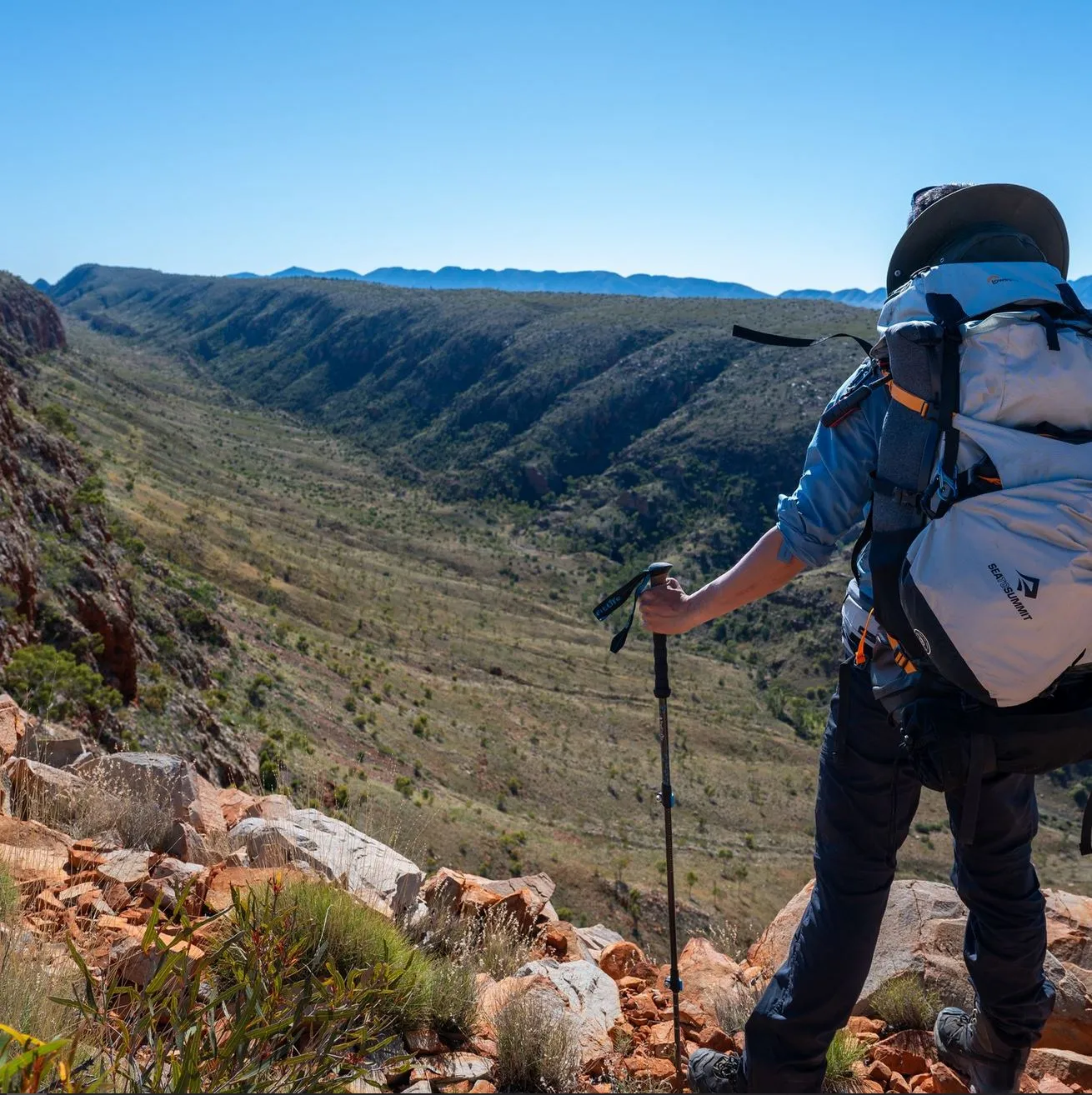
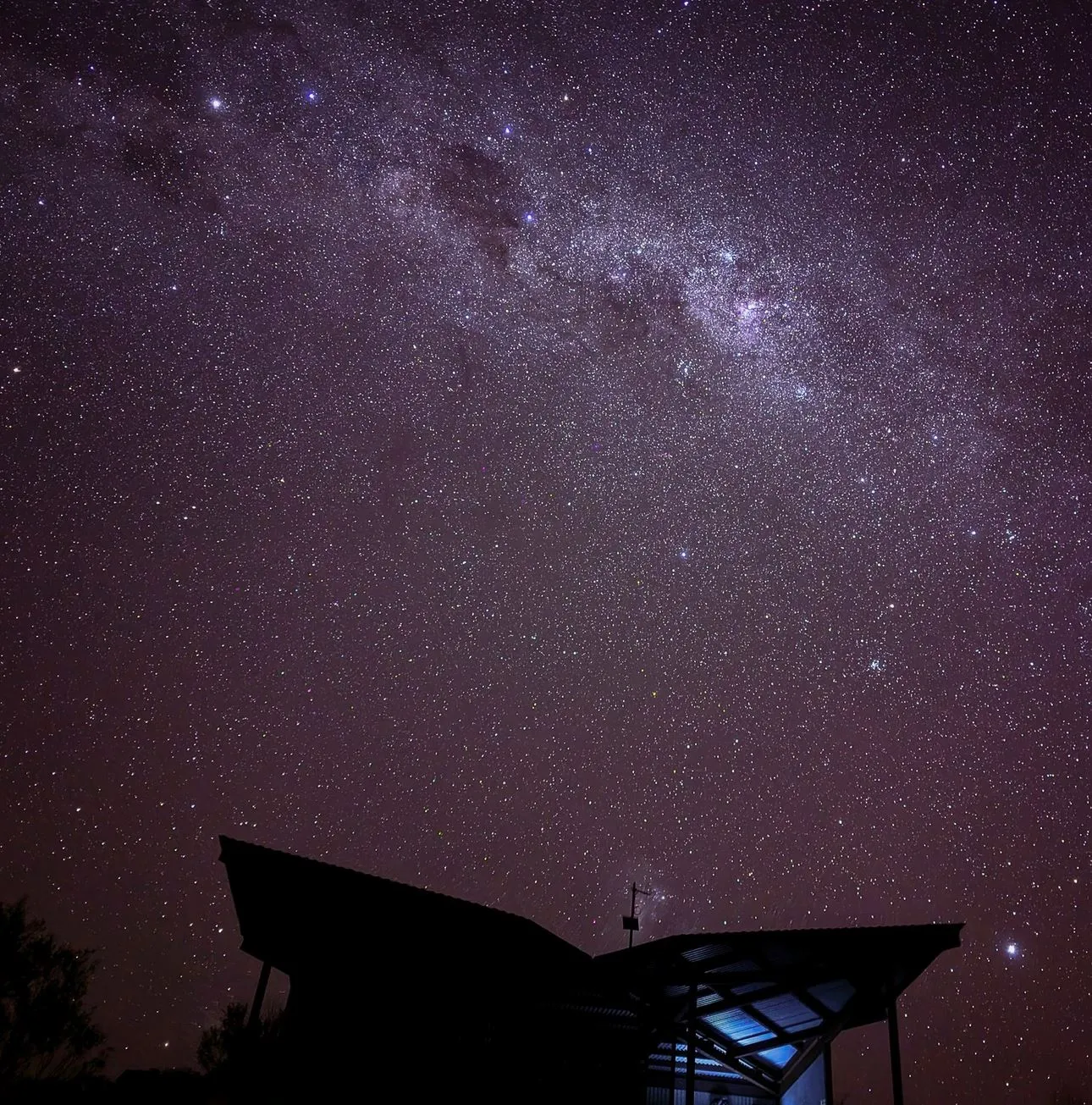
Why Wild Camping on the Larapinta Trail?
Wild camping on the Larapinta Trail allows you to experience the Alice Valley and surrounding landscapes in their purest form. No crowds, no artificial light, just nature. You can have incredible views and views for miles. It also allows for flexible itineraries so you can hike at your pace and on your terms. And some of the best views on the trail are away from intermediate campsites and a few campsites, so wild camping is the way to see the sunrise, sunset and the Milky Way at its best.
Best Places to Camp
1. Euro Ridge
Great spot for the first night on the trail, Euro Ridge has sunset views over Alice Springs.
2. Counts Points
One of the best panorama views on the trail. High-altitude campsite with no views of the West MacDonnell Ranges.
3. Hugh Gorge
Camped between rock walls, Hugh Gorge is a unique and sheltered spot along the trail.
4. Ormiston Gorge
Beautiful spot with waterholes for a swim, great overnight stay.
5. Mount Sonder Summit
If you are an early riser, camping near Mt. Sonder base allows you to hike to the summit before dawn.
Other good camping spots are Rocky Gully, Lomandra Gully, Inarlanga Pass, Jay Creek, Fearless Camp, Mulga Camp, Spencer Gorge, Millers Flat, Fringe Lily Creek and Waterfall Gorge.
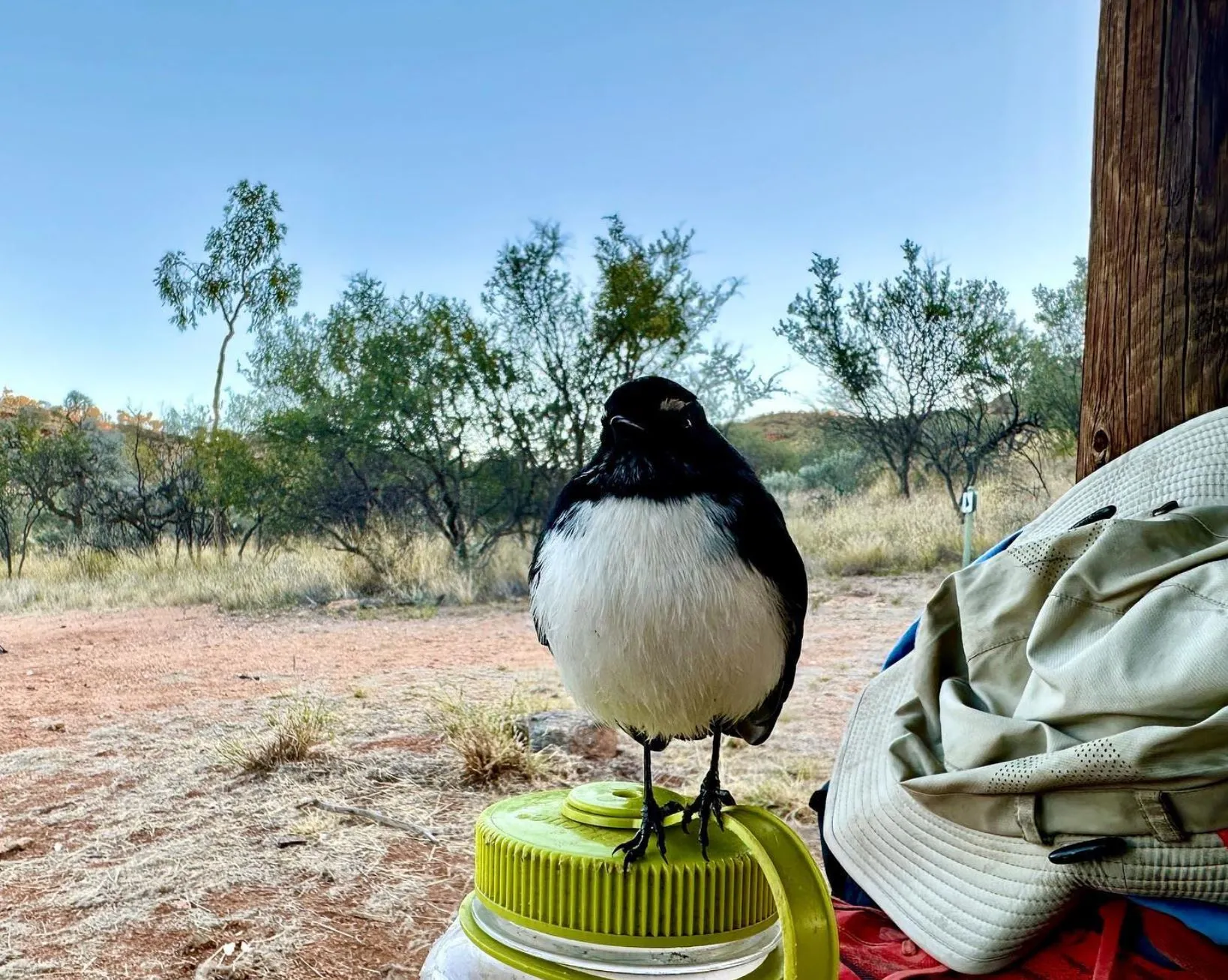
Tips for the Trail
1. Water Management is Key
Water is scarce on the Larapinta Trail, so you must plan your water supply carefully. Dry camps require carrying enough litres of water; water tanks at specific locations should be used wisely. A water filter is recommended to make creek water safe to drink.
2. Pack Lightweight but Durable Gear
The rocky terrain and extreme conditions require high-quality, lightweight gear. A durable tent, hiking poles and sleeping bag suitable for extreme heat and cold are essential. A day pack for shorter hikes and trail runners can also help with tough sections of the trail.
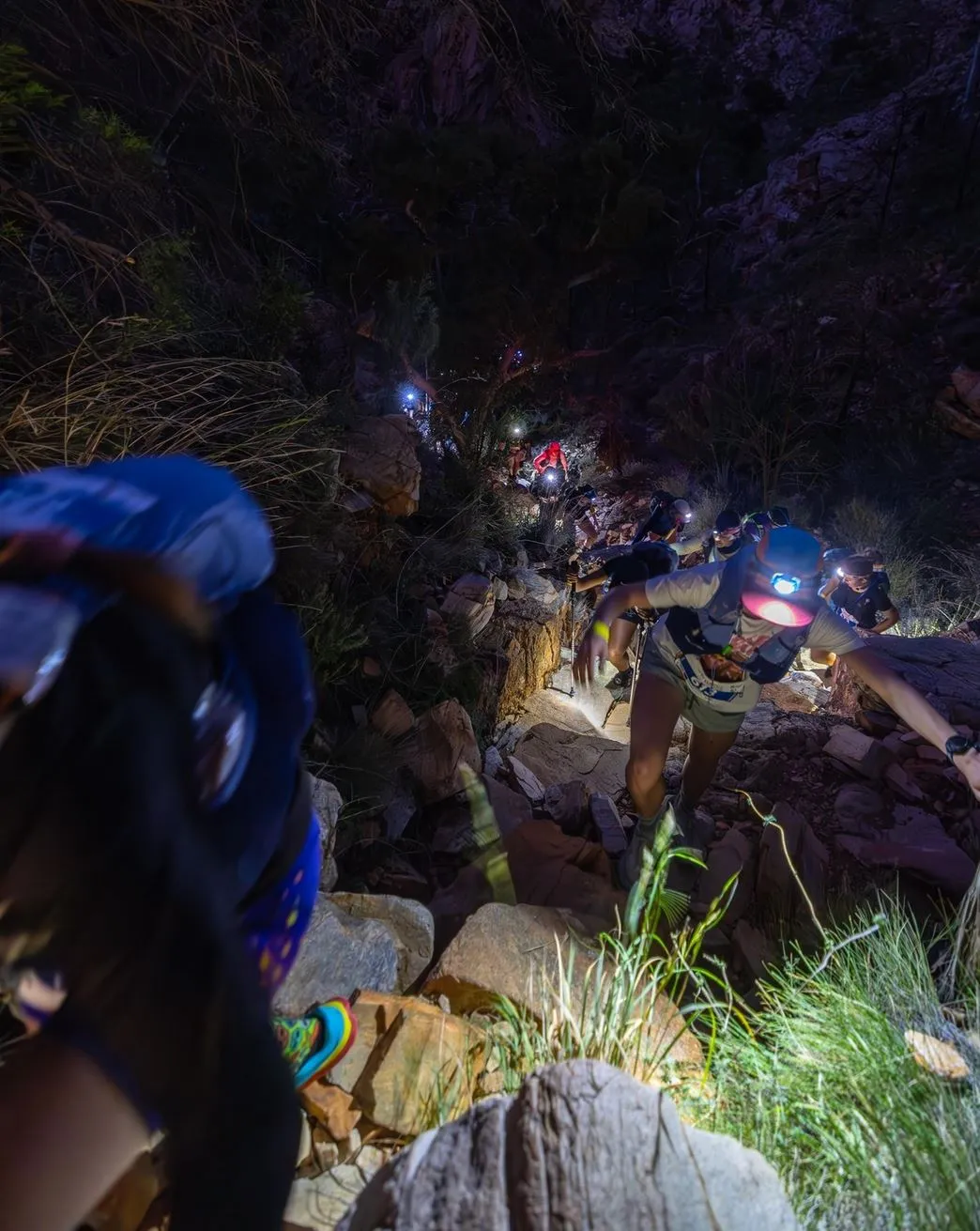
3. Leave No Trace
When wild camping respect nature. Carry all your waste, including biodegradable items and don’t leave any impact on the environment. Stick to the trail and camping spots to avoid damaging the Mulga woodland.
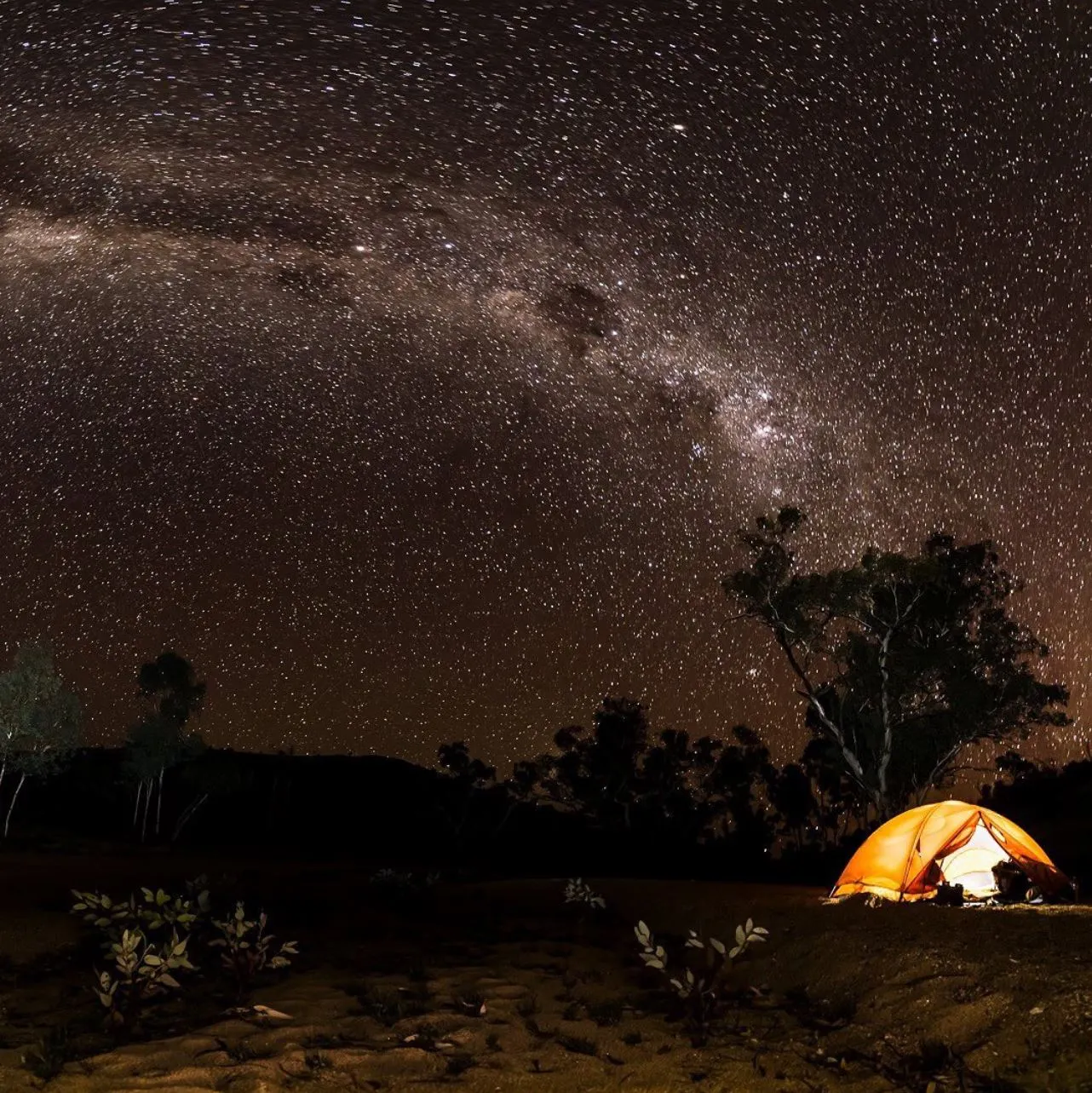
4. Prepare for Extreme Conditions
The climate on the Larapinta Trail is extreme, hot, and extreme heat and cold nights. Layering, dietary needs, and hiking season planning are essential for a comfortable and safe trip.
5. Navigation & Safety
The Larapinta Trail is well marked but a GPS device, detailed map and compass are essential for navigation. Weather forecasts should be checked daily and an emergency communication device such as a personal locator beacon (PLB) is highly recommended.


Best Time to Wild Camp
The best time for wild camping on the Larapinta Trail is May to August, the cooler months. There is plenty of time for safe hiking and great views. Summer months should be avoided due to heat stroke and heat exhaustion risk.
Transport & Logistics
Most hikers start in Alice Springs, the entrance to the Larapinta Trail. Larapinta Trail Transport services include shuttles, taxis and guided tours. Hikers can also pre-arrange food drops through Larapinta Food Drops and store supplies at food drop locations in food bags or food drop boxes.

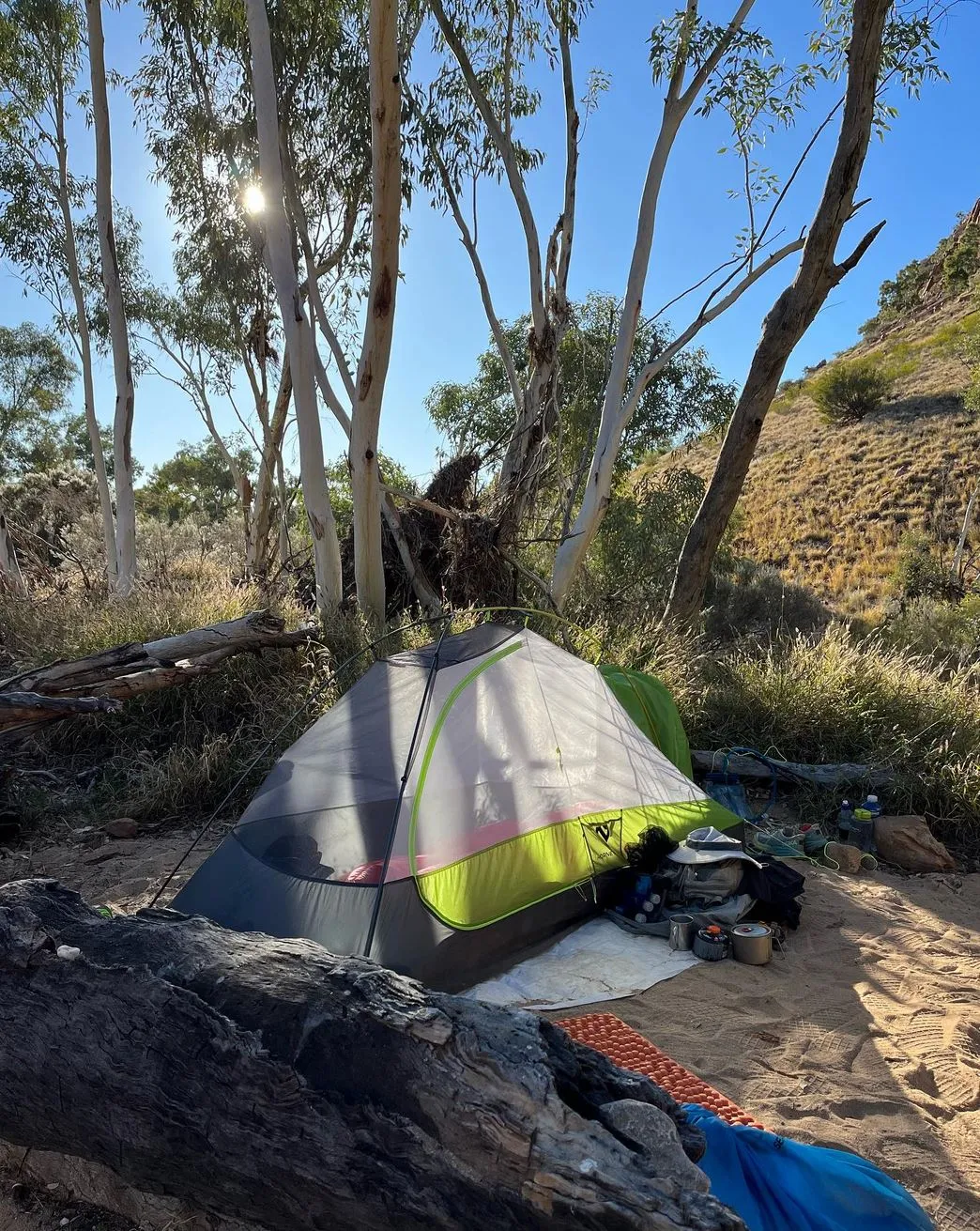
Safety Tips for Wild Camping
- Watch out for wildlife – Snakes and insects are about.
- Check the weather – Temperature drops and strong winds can happen.
- Have a first aid kit – For blister, minor injuries and dehydration.
- Know your exit points – Ghost Gum Flat, Arenge Bluff and Hilltop Lookout are the safe ways out.
Wild camping on the Larapinta Trail is an amazing adventure to get up close and personal with the raw terrain of Central Australia. With the right packing list, food drops, and trail conditions, you’ll be safe as houses on this epic hike with incredible views.
FAQ
Do I need a permit for wild camping on the Larapinta Trail?
No, but follow Leave No Trace and be self-sufficient.
Is it safe to wild camp alone?
Yes, but carry a personal locator beacon (PLB) and let someone know your route.
Are there any dangers on the trail?
Snakes and insects are the main concerns. Wear gaiters and check your surroundings before setting up camp.
Can I have a campfire?
No, camp fires are not allowed on the Larapinta Trail due to fire risk.
How much water should I carry per day?
Carry at least 3-5 litres per day depending on conditions and exertion.
